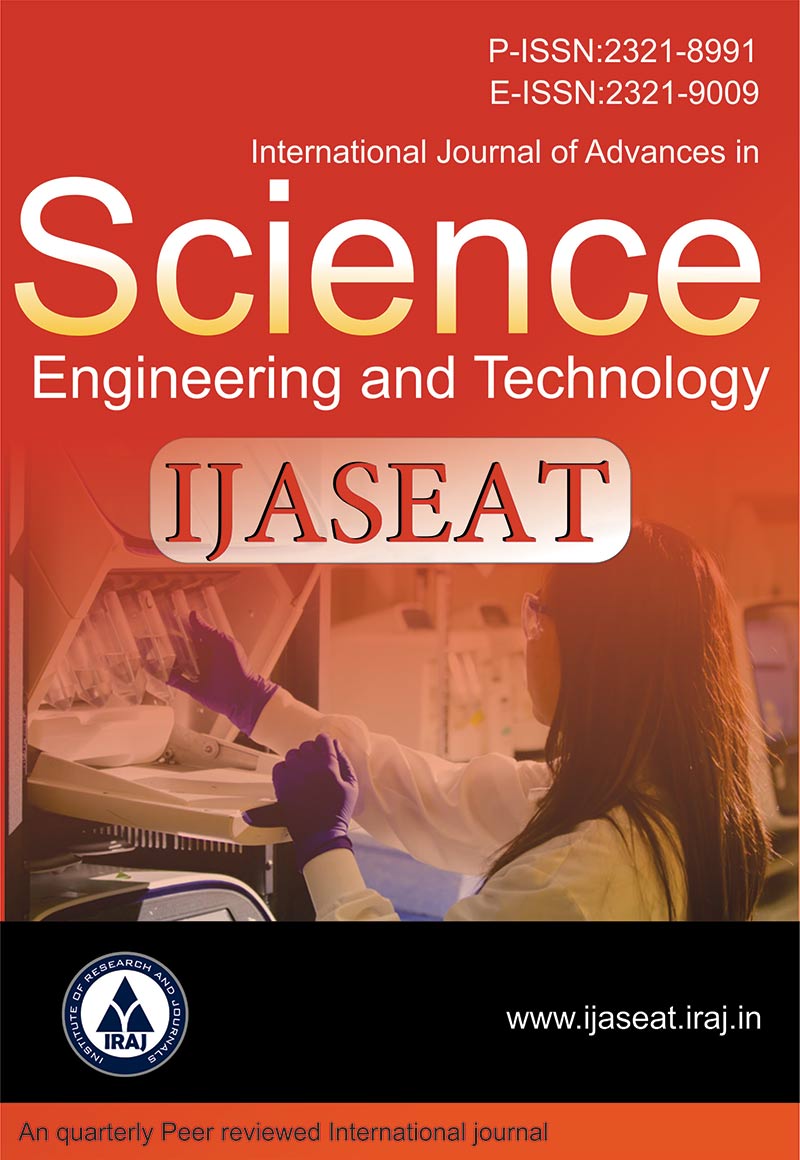Publish In |
International Journal of Advances in Science, Engineering and Technology(IJASEAT)-IJASEAT |
 Journal Home Volume Issue |
||||||||
Issue |
Volume-5, Issue-4, Spl. Iss-2 ( Dec, 2017 ) | |||||||||
Paper Title |
Elemental Composition of PM2.5 Emitted from Rice Straw Burning in Combustion Chamber | |||||||||
Author Name |
Mohammad Zahir Akbari, Chanakarn Khamkaew, Duangduean Thepnuan, Wan Wiriya, 5somporn Chantara | |||||||||
Affilition |
Environmental Science Program, Faculty of Science, Chiang Mai University, Chiang Mai, 50200, Thailand. Environmental Science Research Center, Faculty of Science, Chiang Mai University, Chiang Mai, 50200, Thailand. Environmental Chemistry Research Laboratory, Chemistry Department, Chiang Mai University, Chiang Mai, 50200, Thailand. | |||||||||
Pages |
21-26 | |||||||||
Abstract |
Biomass open burning emits significant amount of atmospheric pollutants to the atmosphere which affects air quality and can be with numerous negative health impacts. This study aims to determine particulate matter with diameter less than 2.5 μm (PM2.5) and its elemental composition emitted from rice straw burning. Agricultural residues burning are a common practice in Southeast Asia (SEA) and rice straw is one of the major part of residues. Rice straw samples were collected during harvest season from five locations (n=15) in Northern Thailand where air pollution is critical during the dry season due to open burning. The average emission factor (EF) of PM2.5 of rice straw burning was 3.7 ± 2.0 g/kg(dry biomass). Overall 11 elements were detected in composition of PM2.5. EF of K emitted from rice straw was 514 ± 249 mg/kg(dry biomass) which makes up 66% of all measured elements in the composition of PM2.5. The EF of elements in descending order were K>Na>Ca>Mg>Fe> Al>Sb>Cr >Sn>Zn and Si. PM2.5 EF was strongly correlated (r=0.62) to EF of K, but with same strength and negative correlation showed with EFs of Sb (p < 0.05) and strong adverse relation with EF of Cr (r = -0.64, p < 0.01), and aggregate mass of measured elements consisting 18% mass of emitted PM2.5 from rice straw. Presence of such complex and toxic matter in atmospheric air increases the toxicity of emission from biomass open burning of rice straw, and has potential environmental and health effects. Keywords- Air Pollution, Open Burning, PM2.5, Emission Factor. | |||||||||
| View Paper | ||||||||||